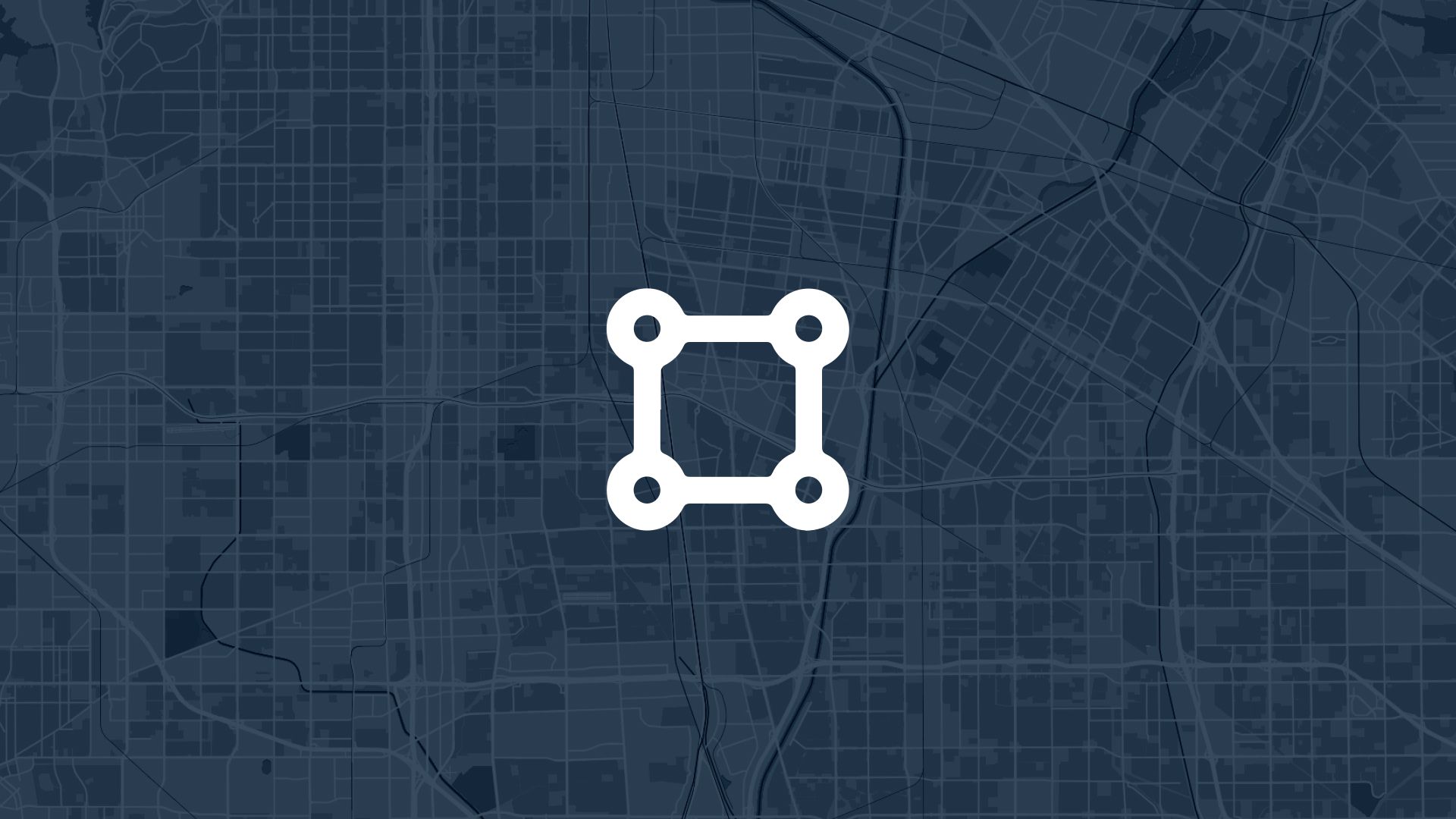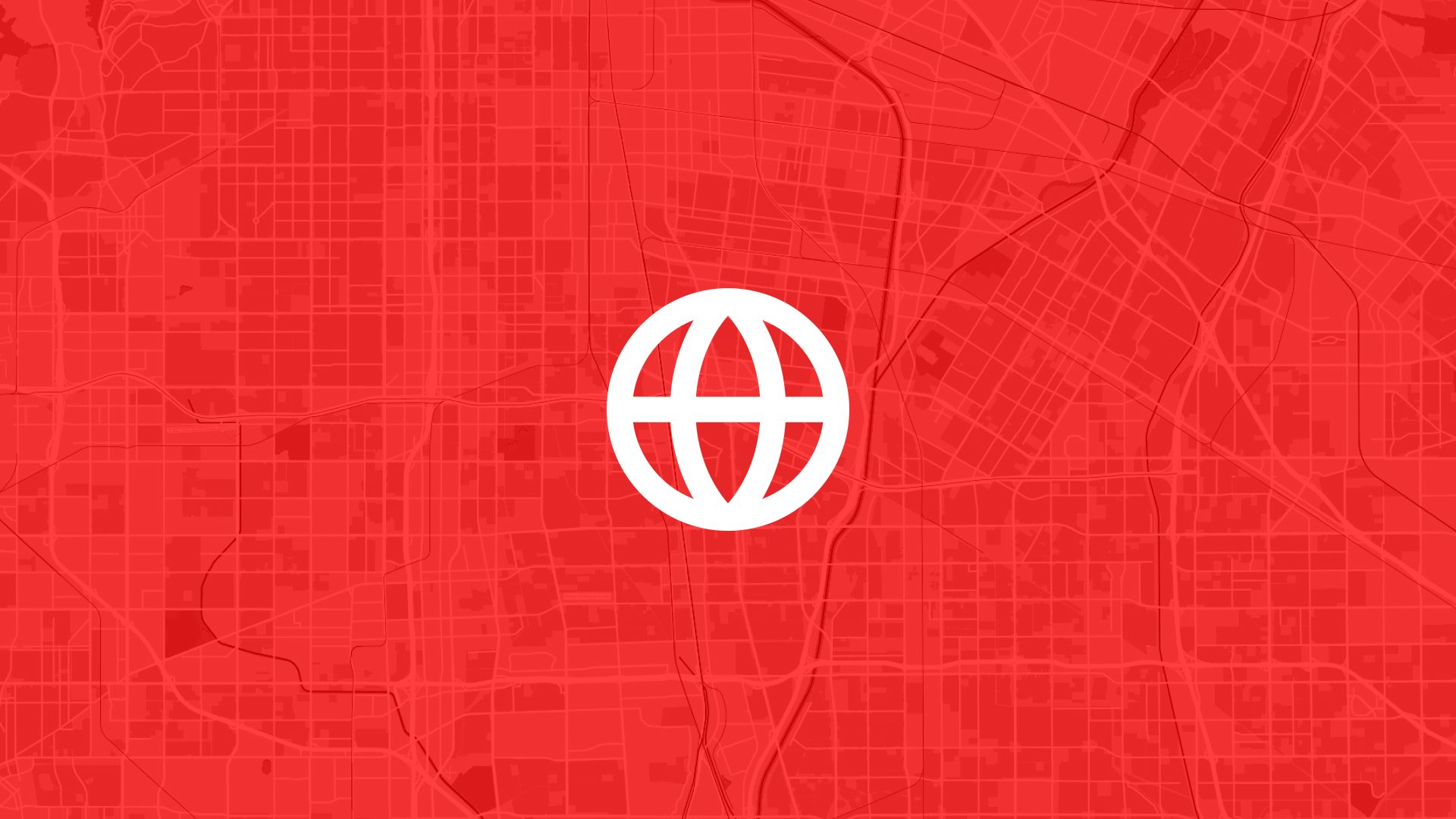The convergence of geographic information systems (GIS) and artificial intelligence (AI) represents one of the most transformative developments in spatial technology, enabling organizations to extract insights from location data that were previously impossible to discover.
If your GIS work relies only on traditional mapping and manual spatial analysis without the pattern recognition, predictive capabilities, and automation that artificial intelligence provides, you're missing the next generation of geographic intelligence that's transforming how organizations understand and act on location-based information. That's why forward-thinking GIS professionals ask: what exactly is GeoAI, and how does integrating artificial intelligence with geographic information systems enhance our ability to solve spatial problems and make location-based decisions?
With Atlas, you can understand and implement GeoAI concepts that combine traditional GIS capabilities with artificial intelligence for next-generation spatial analysis. No PhD in data science required, no complex technical barriers, no confusion about what GeoAI means for your organization. Everything starts with clear understanding of how AI enhances geographic information systems.
Here's what you need to know about GeoAI and how to leverage it effectively.
What is GeoAI? Understanding the Intersection of GIS and Artificial Intelligence
GeoAI represents the integration of artificial intelligence techniques with geographic information systems to create intelligent, automated spatial analysis capabilities.
So GeoAI isn't replacing traditional GIS—it's enhancing geographic information systems with artificial intelligence capabilities that automate analysis, scale to massive datasets, and discover spatial patterns that manual methods would miss.
Step 1: Understand Core GeoAI Concepts and Applications
Atlas helps you grasp fundamental GeoAI concepts and see how they apply to real-world geographic challenges:
- Learn supervised learning for spatial classification where AI models trained on labeled geographic data automatically categorize new locations, land cover types, or spatial features
- Understand unsupervised learning for pattern discovery where algorithms identify spatial clusters, anomalies, and relationships without predetermined categories
- Explore deep learning for image analysis using neural networks to process satellite imagery, aerial photos, and sensor data for automated feature extraction
- Discover spatial prediction and forecasting where machine learning models predict future geographic conditions based on historical spatial patterns
Once you understand these concepts, GeoAI transforms from mysterious technology into practical tools for enhancing your geographic analysis capabilities.
Step 2: Identify Where GeoAI Adds Value to GIS Workflows
Next, recognize specific situations where artificial intelligence enhances traditional geographic information system capabilities:
You can apply GeoAI to common GIS challenges:
- Large-scale image classification where manual interpretation of satellite or aerial imagery would take weeks but AI completes in hours
- Complex pattern recognition identifying subtle spatial relationships across multiple variables that are difficult for humans to detect
- Repetitive spatial analysis automating routine geographic assessments that previously required manual GIS operations for every dataset
- Predictive spatial modeling forecasting where events will occur, how conditions will change, or what outcomes are likely at specific locations
- Real-time geographic intelligence processing streaming location data from sensors, vehicles, or mobile devices for immediate spatial insights
- Natural language to maps converting text descriptions, addresses, or location references into geographic data and spatial visualizations
Each application shows where AI enhances GIS by adding speed, scale, or capabilities that traditional methods can't match.
Step 3: Start with Accessible GeoAI Techniques in Your GIS Work
To begin implementing GeoAI concepts without overwhelming complexity:
- Apply spatial clustering using AI algorithms to automatically group similar locations and identify geographic concentrations
- Implement change detection comparing geographic datasets across time periods to automatically identify where conditions have shifted
- Use predictive heat mapping creating probability surfaces that show where events or conditions are likely to occur
- Add intelligent routing incorporating AI that learns from historical patterns to optimize paths and account for complex real-world factors
- Enable smart geocoding using machine learning to improve address matching and location resolution beyond traditional methods
GeoAI implementation becomes approachable by starting with specific techniques that enhance existing GIS workflows without complete system overhauls.
Step 4: Understand GeoAI Data Requirements and Preparation
To successfully integrate artificial intelligence with geographic information systems:
- Prepare quality training data with accurately labeled geographic examples that teach AI models what patterns to recognize
- Structure spatial attributes organizing location data with relevant contextual information that helps algorithms learn geographic relationships
- Manage coordinate systems ensuring spatial data aligns properly so AI models learn true geographic patterns rather than projection artifacts
- Handle temporal dimensions incorporating time stamps and sequences that enable AI to understand how geographic conditions evolve
- Address data imbalances ensuring training datasets represent the full range of geographic conditions rather than just common scenarios
- Document data provenance tracking where geographic data comes from and how it's processed for AI model transparency and validation
Geographic data preparation becomes critical because AI model quality depends directly on the spatial datasets used for training and analysis.
Step 5: Evaluate GeoAI Results and Build Trust in AI-Enhanced GIS
To ensure artificial intelligence enhances rather than undermines GIS decision-making:
- Validate against ground truth comparing AI predictions and classifications with field-verified geographic data
- Assess spatial accuracy measuring how well AI-generated maps and analyses match actual geographic conditions
- Understand model limitations recognizing where AI performs well and where traditional GIS methods remain more appropriate
- Test edge cases evaluating how AI handles unusual geographic situations or locations outside typical training data
- Monitor for bias checking whether AI models produce systematically different results for different geographic areas or conditions
- Explain AI decisions understanding which spatial factors drive AI predictions to build confidence in automated analysis
Also read: GeoAI: Artificial Intelligence for Geospatial Data
Step 6: Integrate GeoAI into Organizational GIS Strategy
Now that you understand GeoAI concepts and applications:
- Identify high-impact use cases where AI-enhanced GIS provides the most value for your organization's geographic decision-making
- Build GeoAI literacy educating stakeholders about what artificial intelligence can and cannot do with geographic information
- Develop implementation roadmap planning how to progressively integrate AI capabilities into existing GIS infrastructure
- Establish governance frameworks creating policies for when to use AI-enhanced analysis versus traditional GIS methods
- Create evaluation metrics measuring how GeoAI improves decision quality, analysis speed, or geographic insight compared to traditional approaches
- Foster collaboration connecting GIS professionals with data scientists to combine spatial expertise with machine learning capabilities
Your GeoAI understanding becomes organizational capability that enhances geographic intelligence across all location-based decision-making.
Use Cases
Understanding GIS and artificial intelligence integration through GeoAI is useful for:
- Urban planners leveraging AI to predict development patterns, optimize infrastructure placement, and simulate planning scenarios at city scale
- Environmental scientists using machine learning to classify ecosystems, monitor habitat changes, and predict environmental impacts from spatial data
- Transportation agencies applying AI to traffic prediction, route optimization, and infrastructure maintenance planning based on geographic patterns
- Emergency managers implementing predictive models for disaster risk assessment, resource allocation, and evacuation planning
- Utility companies using AI-enhanced GIS for asset inspection, outage prediction, and infrastructure planning across service territories
It's valuable for any organization where geographic complexity, data volumes, or analytical demands exceed what traditional GIS methods can effectively handle.
Tips
- Start small and focused implementing GeoAI on specific, well-defined geographic problems before attempting comprehensive AI integration
- Combine domain expertise with AI using your geographic knowledge to guide, validate, and interpret what artificial intelligence discovers
- Invest in data quality because machine learning models amplify both good patterns and bad data in your geographic datasets
- Remain appropriately skeptical questioning AI results and understanding model confidence levels rather than blindly trusting automated analysis
- Keep learning as GeoAI rapidly evolves with new techniques, tools, and applications emerging regularly in the spatial technology field
Understanding GIS and artificial intelligence through GeoAI concepts in Atlas enables next-generation spatial analysis and intelligent geographic decision-making.
No separate AI platforms needed. Just build on your existing GIS knowledge, understand how artificial intelligence enhances spatial capabilities, and leverage the GeoAI concepts that transform geographic data into actionable intelligence.
Sign up for free or book a walkthrough today.





